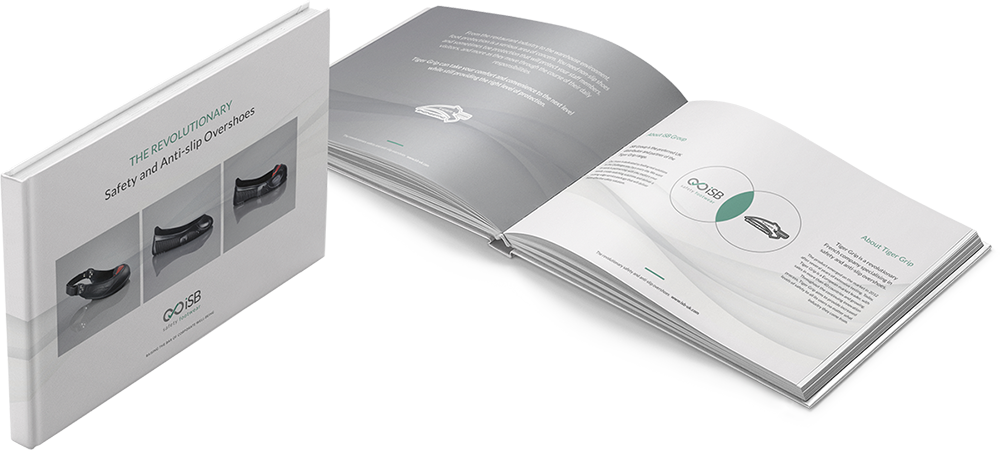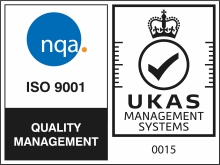
Three reasons why your workwear and PPE costs are spiralling
As a workwear and PPE supplier that does things differently, iSB Group aims to help businesses not only keep their employees safe, happy and healthy at work, but also to save money in the process.
We speak to organisations daily that are desperate to reduce their workwear and PPE costs. Some know the specific problems they need to target, others are in the dark as to the true extent of their problems, and the vast majority are somewhere in between.
Rising workwear and PPE costs: three reasons
Over the years, we’ve identified three main reasons behind high and rising workwear and PPE costs. These are:
- A lack of knowledge – Little to no insight into areas of spend and waste, without which it is impossible to clearly identify and plan for where savings can be made
- Over-complicated processes – Ordering process is slow and difficult with no information on when products will arrive, increasing likelihood of employees cutting corners to ensure timely provision of important items, leading to…
- Rogue spend – Employees and teams bypassing ordering and approvals processes, resulting in overordering, reduced compliance, higher wastage and lower product quality
Rising workwear and PPE costs: cost control solutions
Businesses can overcome these problems by creating a culture of cost control in their organisation.
Step 1: Overcoming a lack of knowledge with a cost control audit
If you don’t know where you’re spending your money, how can you determine where you can save it? So, the first step to tackling rising workwear and PPE costs is to carry out a cost control audit to understand what processes you already have in place to control purchases, and where these are either failing or being bypassed by your teams. Essentially a fact-finding mission, this will often uncover inadequate processes and rogue spend which may or may not already be known to the organisation.
Find out more about how our CCA methodology could help you rein in your workwear and PPE costs.
Once you have an overall picture of the situation, speak to people in your different departments and depot network to get their feedback on the suitability, durability and comfort of different products, as well as how they find working with your current suppliers. Determine what, if any, cost or stock control measures may be in place at local level.
Once you have all this information, you are equipped to move on to stage 2…
Step 2: Tackling over-complicated processes for fast, easy ordering within carefully managed limits
Implementing an IT-managed stock control system with linked ordering and approvals processes will improve visibility at all levels and speed up processes. Such a system needs to be simple and intuitive to use by everyone at all levels across your business, but complex enough in the back end to manage differing requirements for one-time or irregular purchases, held-in-stock items like boxes of safety gloves, and individual employee-tailored items like branded workwear or safety footwear sold by size.
A good IT-managed stock control and ordering system will allow for different tiered logins and usage controls so that employees can be empowered to order their own products within agreed limits, managers can take responsibility for allocations of items to their team, and finance teams can hold an overview of everything that is being spent company-wide.
Any new system will need to be championed by management, who should regularly review reports and feed back to individual depots on their achievements and areas for improvement. It is also a good idea to recruit champions at depot level who can ensure the system is used and share learning across teams.
Step 3: Reining in rogue spend
If you’ve completed steps 1 and 2 you should be well on your way to reducing your business’s workwear and PPE costs. The final step involves ensuring everyone in your business is on board and using the system correctly.
Make sure you communicate fully with your teams what has changed and why, as well as what the benefits will be for them of using the new system. Ensure they are trained on how it all works and that you provide support to tackle any issues they may have along the way. Prompt induction of new starters to the system and regular refresher training for all staff members will also help ensure compliance, while ongoing communication with depots about good practice and areas for improvement will help to avoid rogue spend and abuse of the system.
If you would like a free of charge demo of Control-iT to see how it may help you to control costs in your organisation, get in touch with us and we’ll arrange it for you.

















